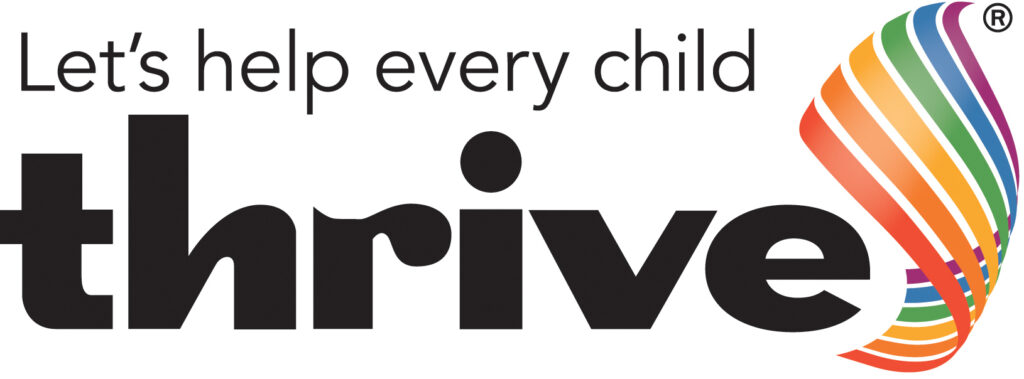Why do we need THRIVE?
Children cannot always put their needs into words, but the way a child behaves can tell us a lot about how they are feeling. THRIVE supports children with their emotional health, wellbeing and social skills, all of which are needed to enable learning to take place.
How does THRIVE work?
THRIVE uses current neuroscience, child development and attachment theories to provide us with an understanding of how a child is feeling when they are unable to tell us. Through specific strategies, activities and play, we build even greater trusting relationships, teach children how to recognise feelings and emotions in their body, what’s happening in the brain when they feel big emotions and how to let people know when they need help. The aim is to help children build positive relationships with adults and their peers and reinforce good mental health and wellbeing.

THRIVE in Practice
Across the whole school, every member of staff has received training on the underpinning principles of the THRIVE approach and the science-based evidence that supports it. Our team of qualified THRIVE Lead Practitioners support class teachers with the implementation of THRIVE in every classroom. After an initial screening of all children using an online tool, the THRIVE team look at the results and determine what support is needed:
- One-to-one reparative sessions with a THRIVE Lead Practitioner
- A Thrive intervention group run by a member of support staff
- Whole class target, with an action plan developed by the class teacher
Parents’ Guide and Information
If you would like further information on the THRIVE Approach, please go to: Support for mental health and wellbeing in schools | The Thrive Approach or see our parents’ guide.
Alternatively, you can speak to The Director of Mental Health and Wellbeing, Hollie Edwards, or our THRIVE Lead Practitioner’s, George Parsons and Clare Court.
